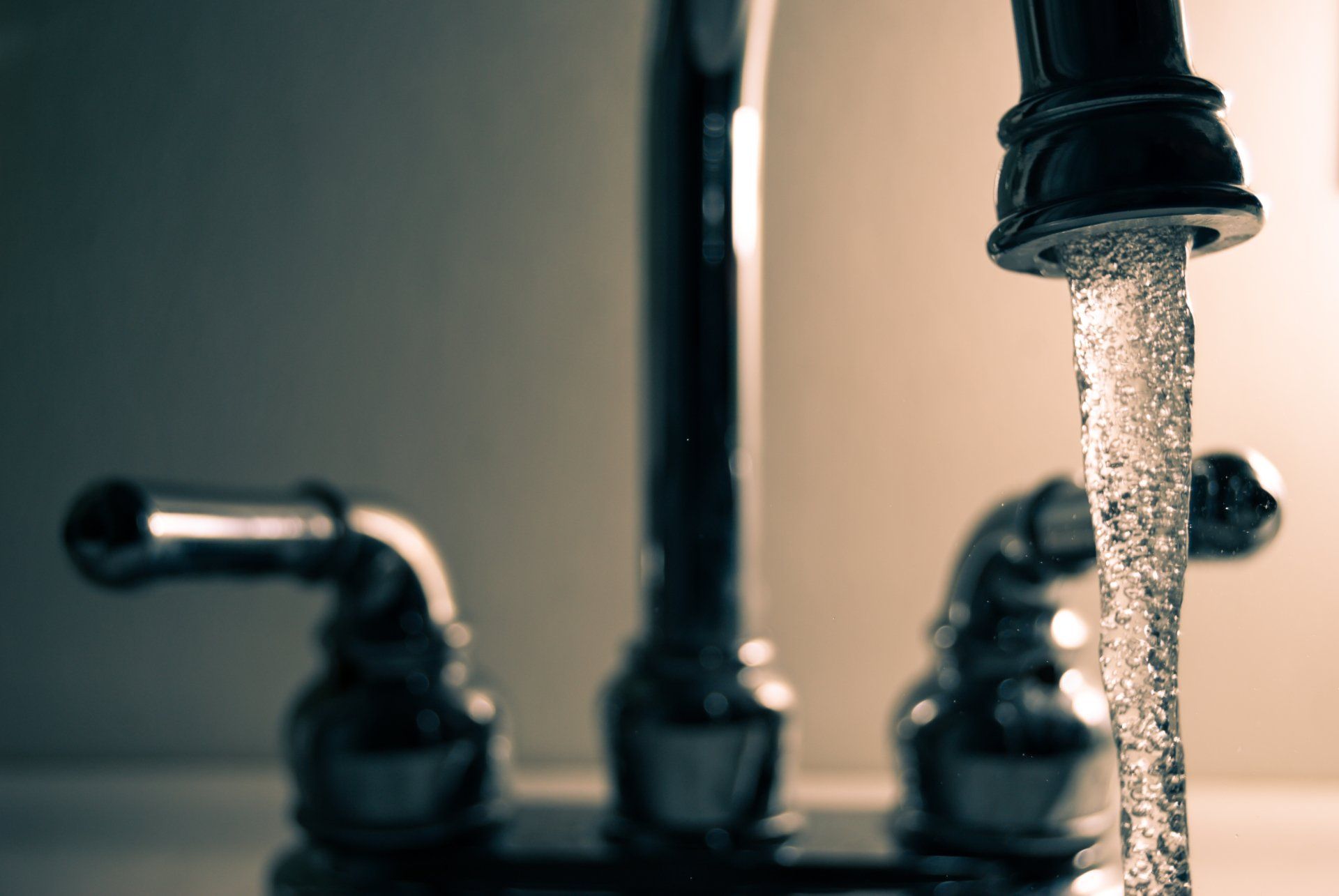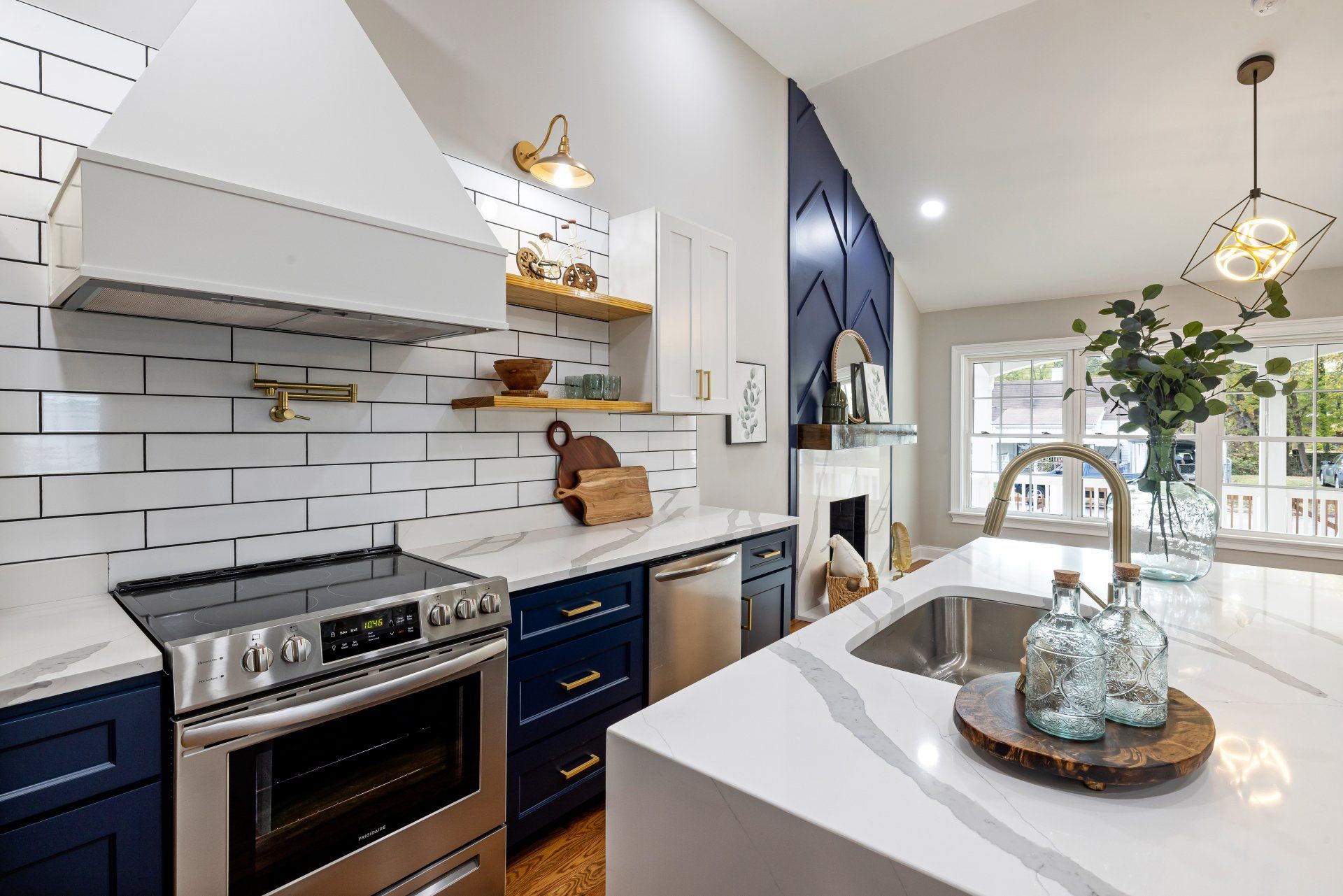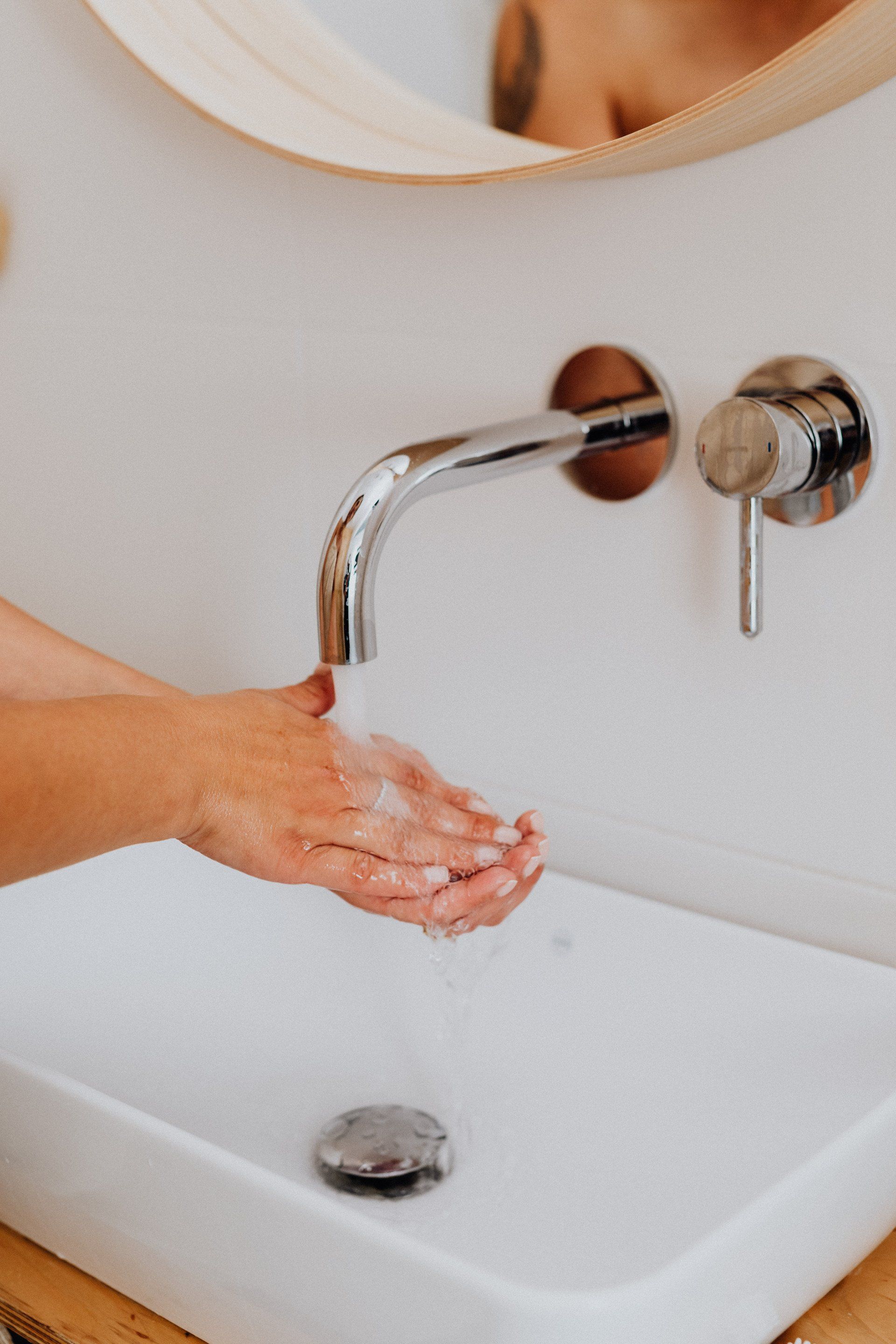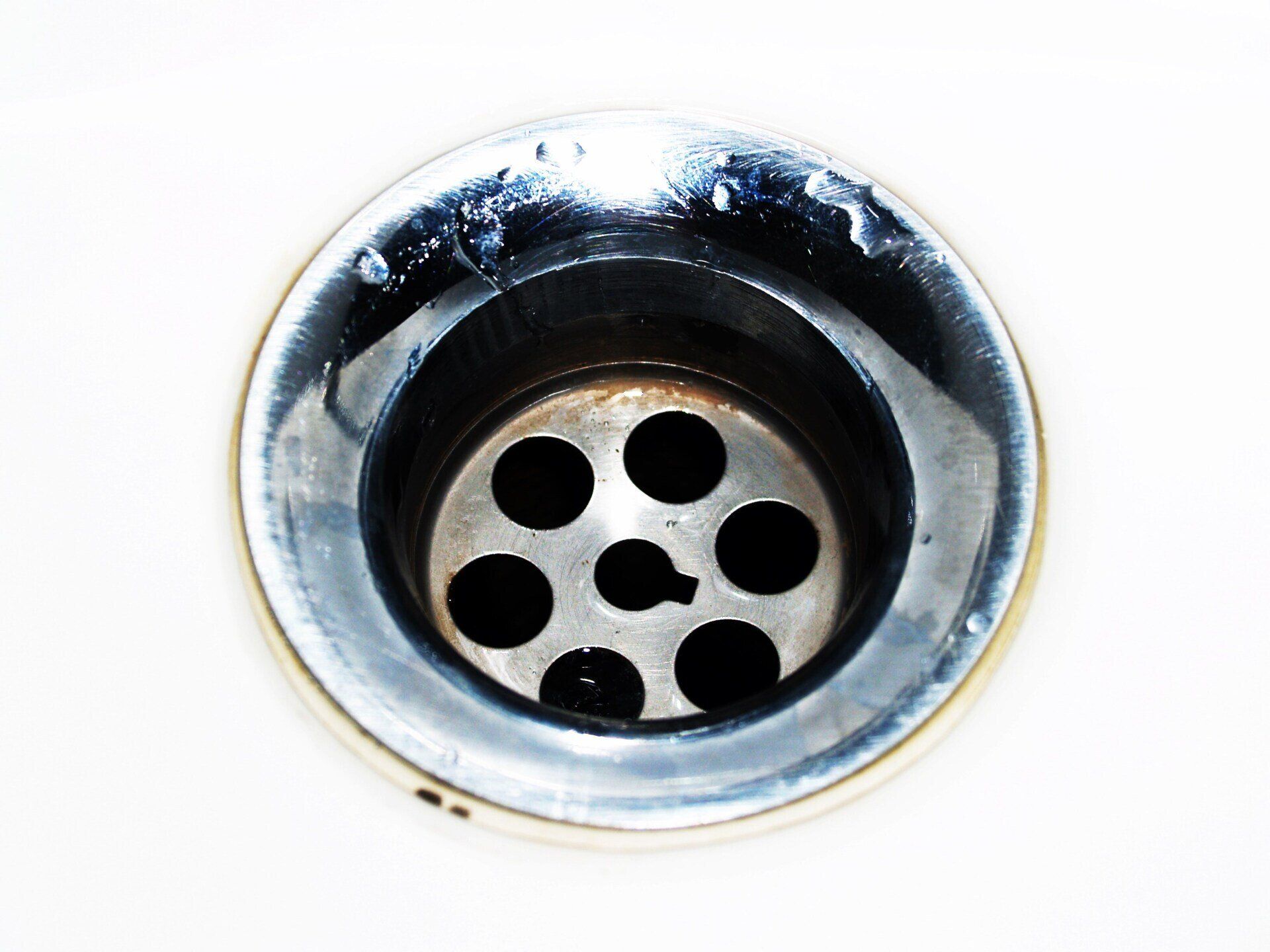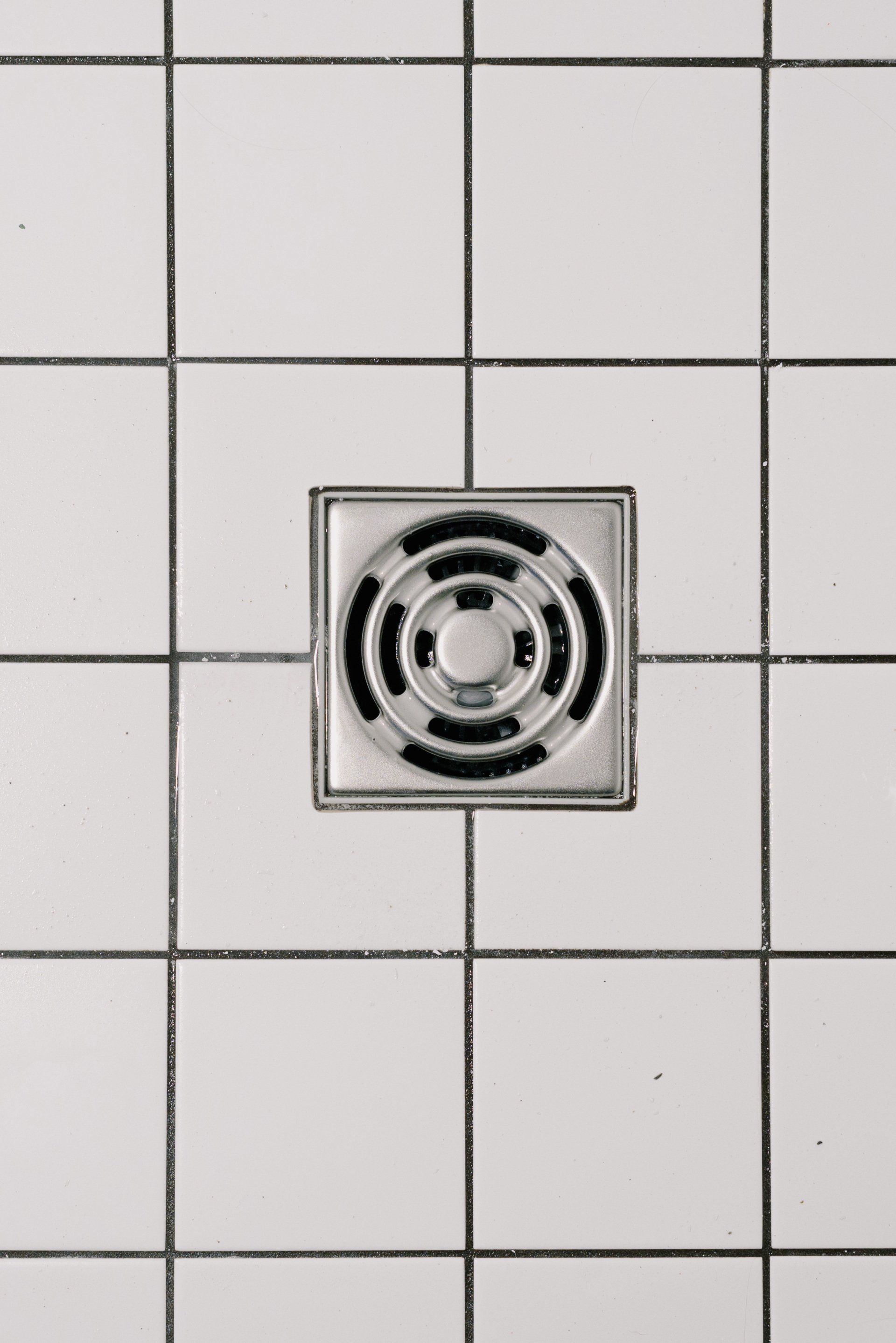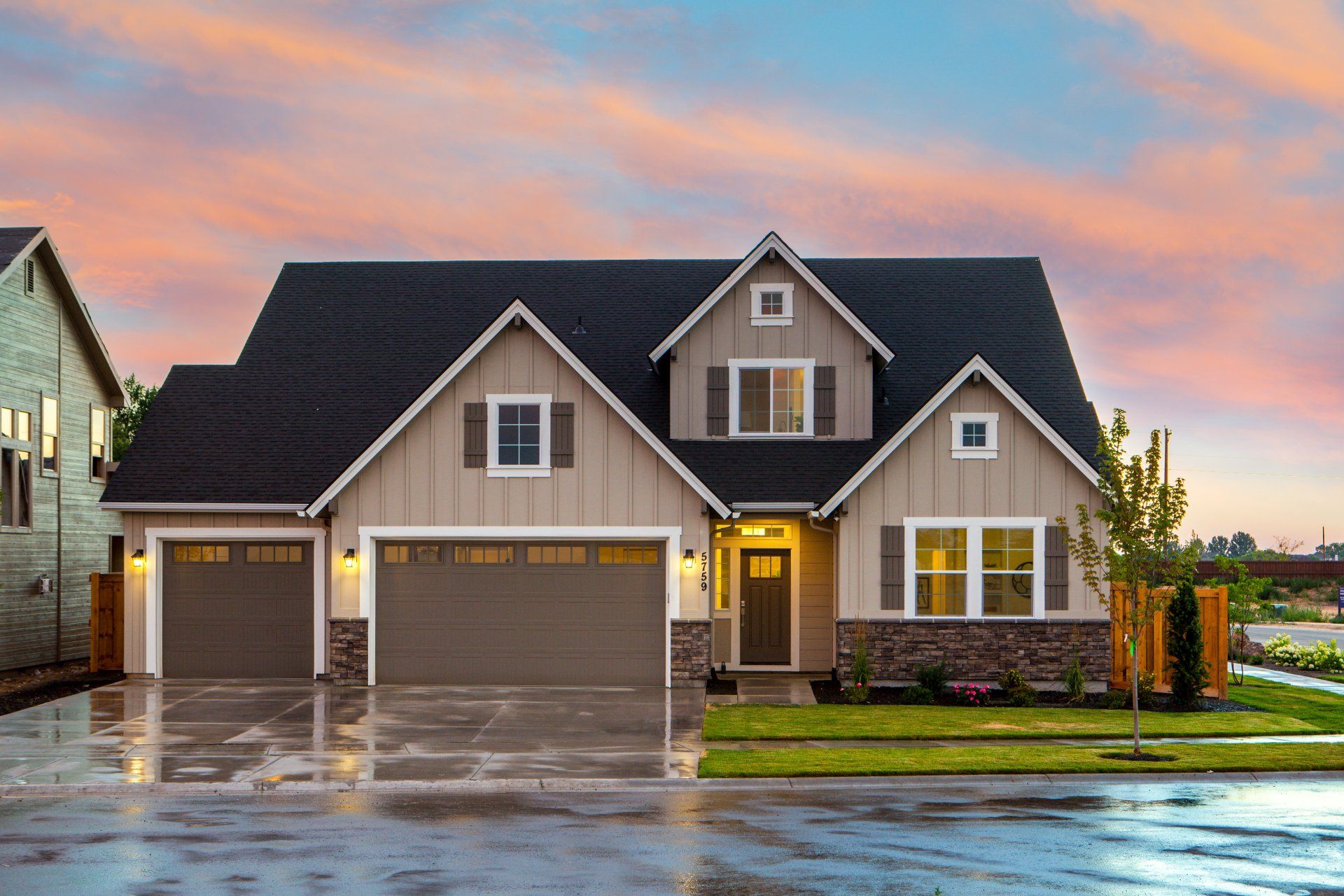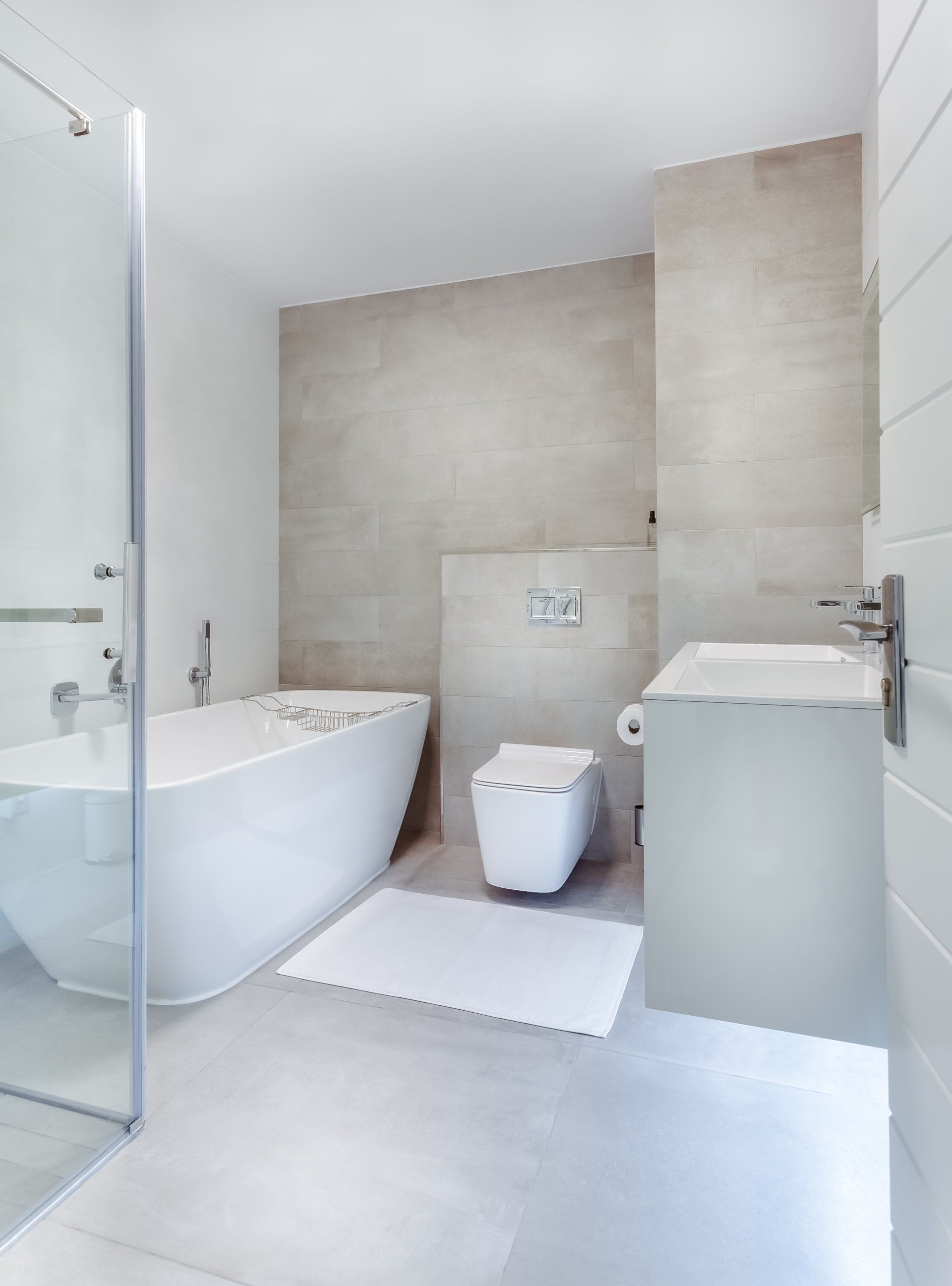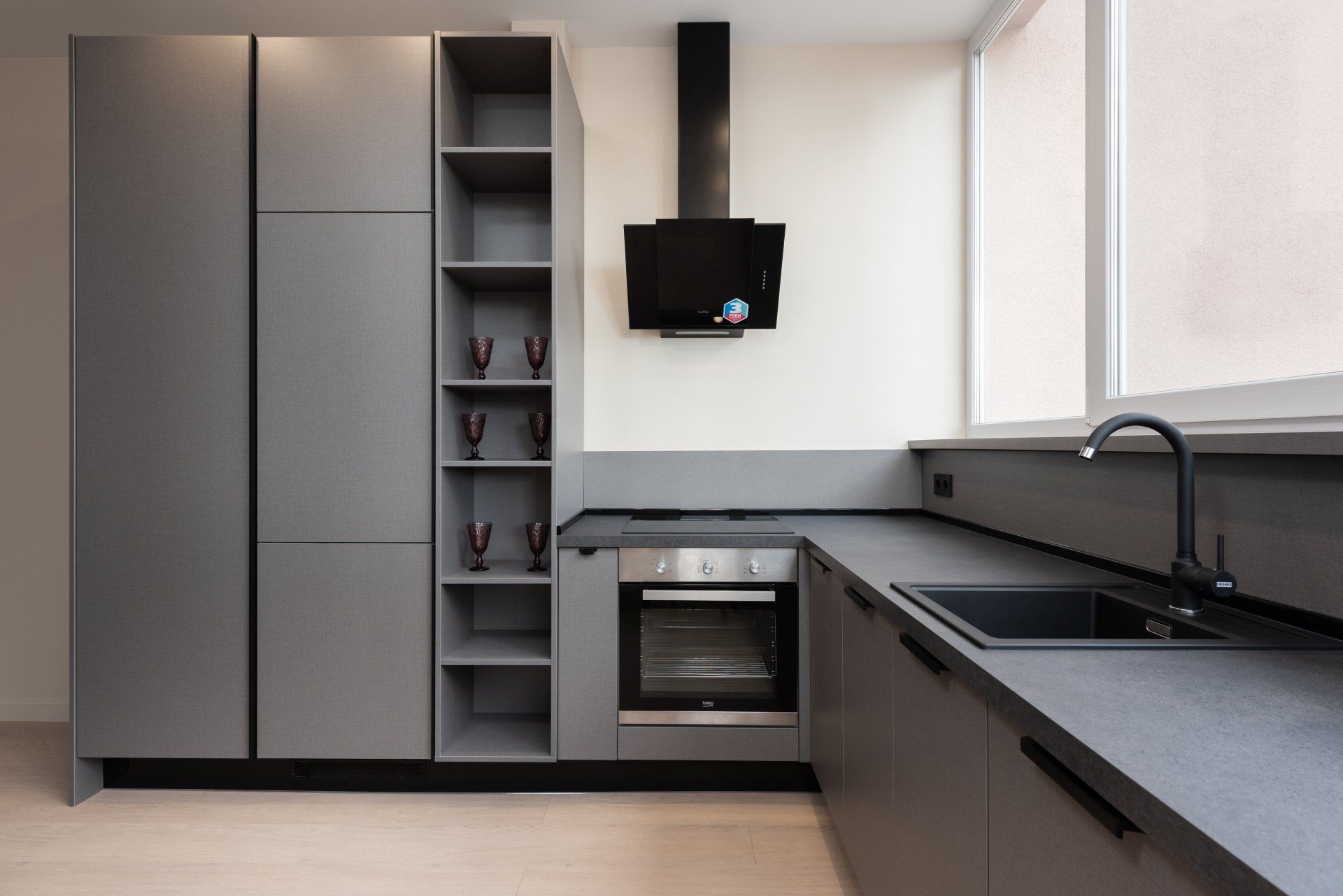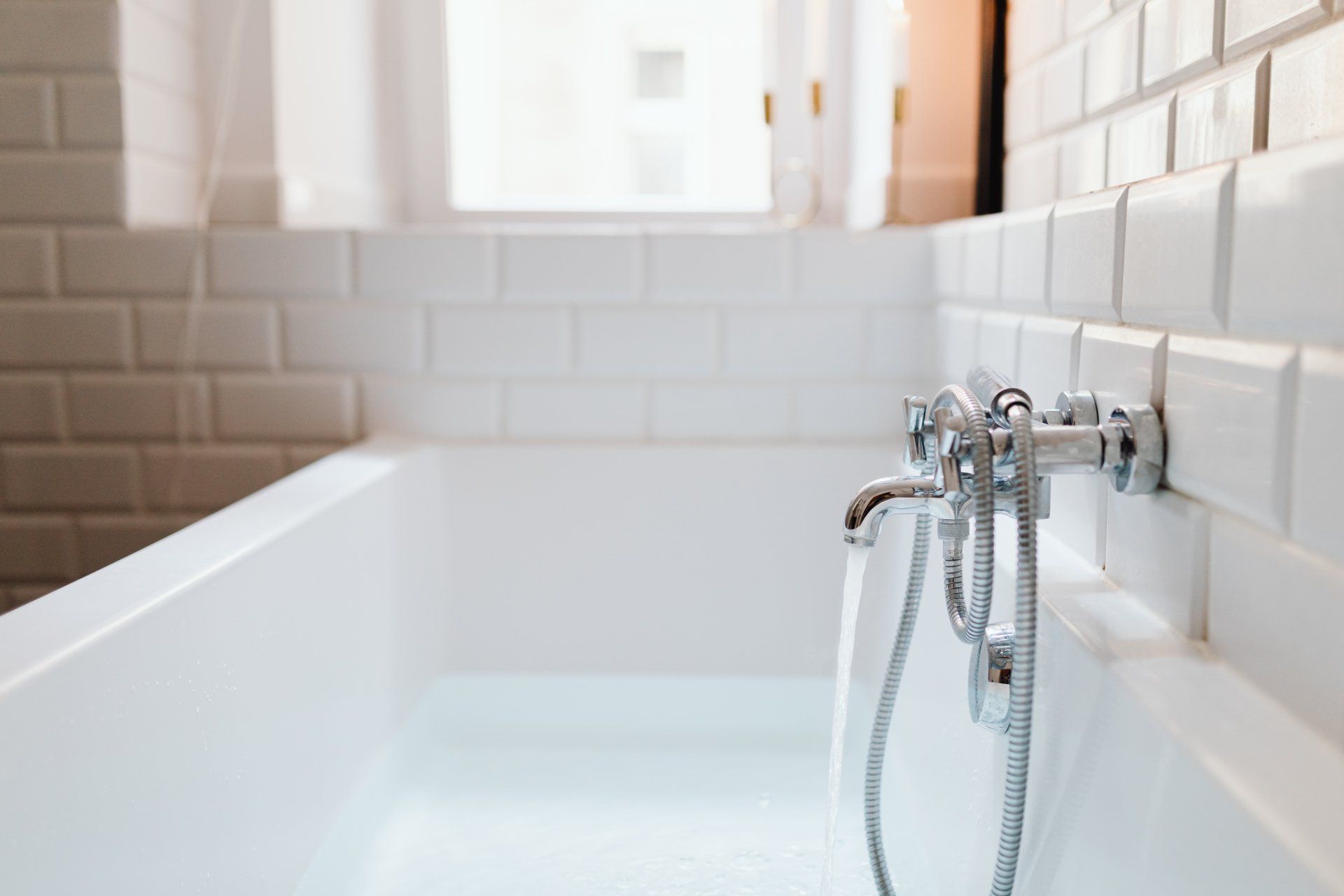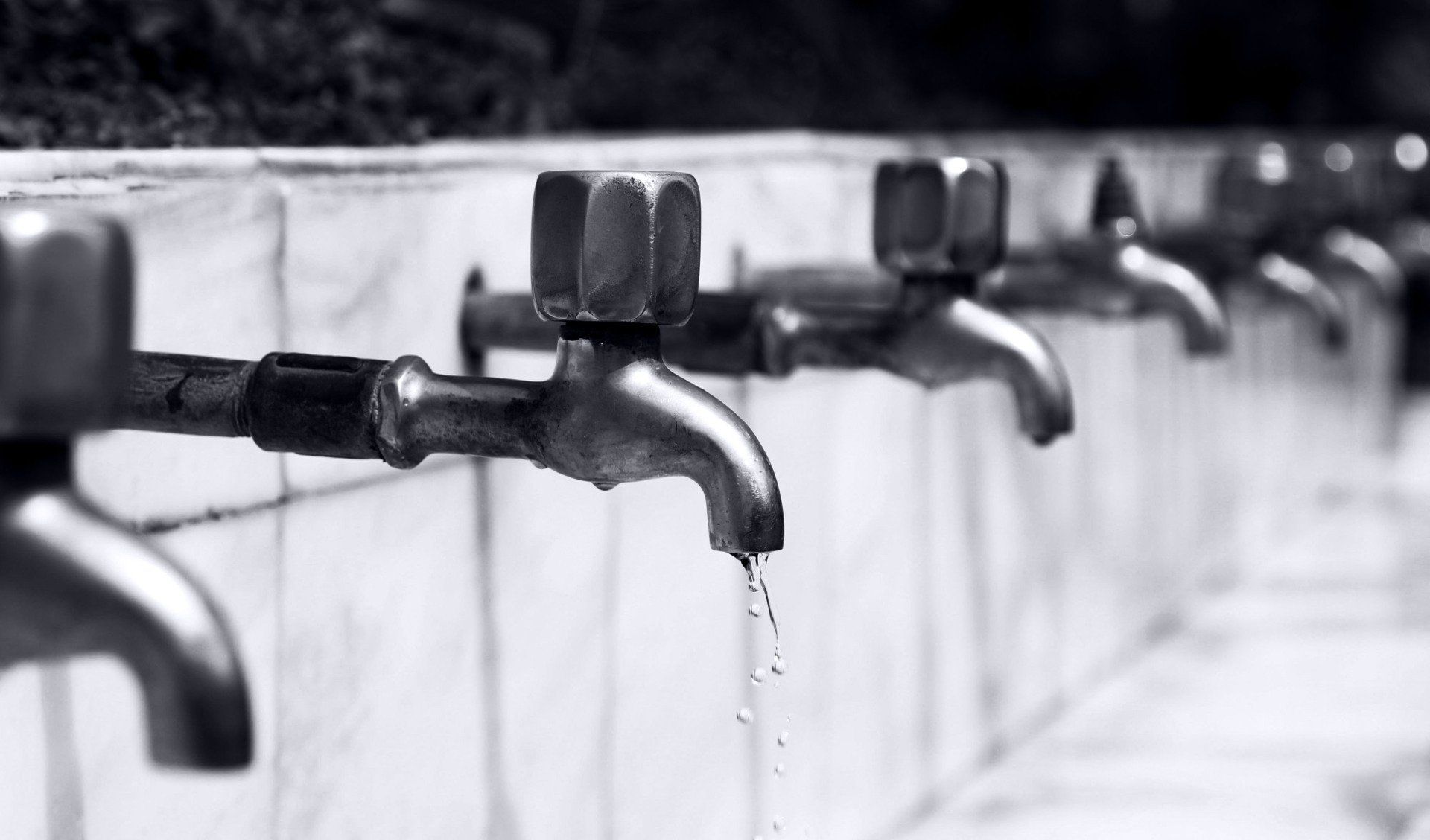Unveiling the Mysteries: Hard Water vs. Soft Water - Your Ultimate Guide

What Is The Difference?
Water is a vital component of our daily lives, but not all water is created equal. The terms "hard water" and "soft water" might sound familiar, but do you really know the difference between them? In this comprehensive guide, we'll explore the characteristics, implications, and solutions associated with hard and soft water. Let's dive in!
Understanding the Basics:
What is Hard Water?
Hard water is water that contains a high concentration of minerals, primarily calcium and magnesium. These minerals are naturally present in the Earth's crust, and as water flows through rock and soil, it picks up these minerals, making the water "hard."
Soft Water: A Different Composition
On the other hand, soft water contains fewer minerals, especially calcium and magnesium. It is often naturally occurring in areas where the water source has limited contact with mineral deposits.
The Impact on Your Home:
Scale Buildup: The Hard Water Conundrum
One of the significant drawbacks of hard water is the formation of scale. As hard water evaporates, the minerals it carries can accumulate on surfaces, such as pipes, faucets, and appliances. This buildup can lead to reduced water flow, decreased efficiency of water heaters, and the need for frequent cleaning.
PRO Tip: Protect your appliances from scale buildup with regular maintenance and water softening solutions.
Soft Water's Gentle Touch
Soft water, being mineral-reduced, doesn't leave behind the same scale deposits. This can extend the lifespan of your appliances, improve the efficiency of your plumbing system, and save you money in the long run.
Health Considerations:
Skin and Hair Impact
Hard water can be harsh on your skin and hair, often leaving a soapy residue that may contribute to dryness and irritation. Soft water, with its reduced mineral content, allows for a more effective rinse, leaving your skin and hair feeling smoother and cleaner.
PRO Tip: Enhance your personal care routine by exploring the benefits of soft water for healthier skin and hair.
Mineral Intake Concerns
While hard water contributes to your daily intake of essential minerals, excessive consumption may not be suitable for everyone. Individuals with specific health conditions may need to consider water softening options.
Choosing the Right Solution:
Water Softeners: Your Ally Against Hard Water Woes
If you're dealing with the challenges of hard water, investing in a water softener is a wise choice. These devices work by exchanging calcium and magnesium ions with sodium ions, preventing scale buildup and offering numerous benefits for your household.
PRO Tip: Discover the best water softener options for your home to combat the effects of hard water.
Testing and Treatment Options
Before making a decision, it's essential to test your water's hardness level. Water testing kits and professional assessments can help you determine the best course of action, whether it's installing a water softener or embracing the natural properties of your water.
Conclusion:
In the hard water vs. soft water debate, understanding the differences and their implications is crucial for maintaining a healthy home environment. By addressing the unique challenges associated with each water type, you can make informed decisions to enhance the quality of your daily life. Remember, the right solution depends on your specific needs, so choose wisely and let the benefits flow.
Like and Share
Royale Plumbing Tool Box

